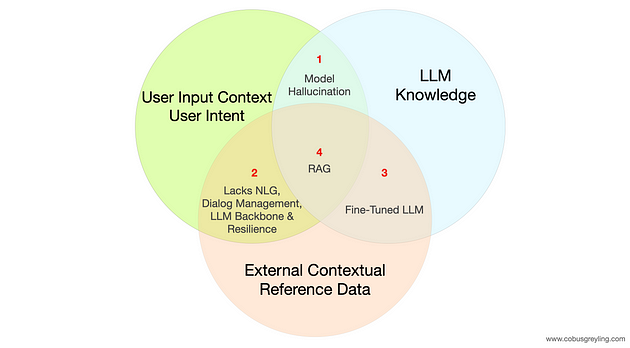Member-only story
What is RAG
Retrieval-Augmented Generation (RAG)

Retrieval-Augmented Generation (RAG) is a natural language processing (NLP) framework that combines elements of both retrieval-based and generative models. It’s an extension of models like T5 (Text-To-Text Transfer Transformer) and BART (Bidirectional and Auto-Regressive Transformers) that incorporate retrieval mechanisms to enhance their performance.
In traditional generative models like GPT (Generative Pre-trained Transformer), the model generates text based solely on the input it receives and its learned parameters. On the other hand, retrieval-based models rely on retrieving relevant passages or documents from a database given a query and then using these retrieved documents to generate responses or augment the generated text.
RAG integrates both of these approaches. It employs a retriever component, usually based on dense vector similarity search (e.g., with techniques like FAISS or ANNOY), to fetch relevant passages or documents from a large corpus based on the input query. Then, it utilizes a generative model to refine or generate text based on both the input query and the retrieved documents.
By incorporating retrieval into the generation process, RAG can produce more accurate and contextually relevant responses, making it particularly effective for tasks such as open-domain question answering…
